South Fork Payette Overview
Baron Creek is accessed from the Grandjean Trailhead and is a tributary of the the South Fork of the Payette River. The South Fork is a huge canyon that access multiple lakes and alpine basins. For an overview of the canyon, it would be best to start at the bottom with the Grandjean to Taylor Springs hike. Other adventures accessed from the lower South Fork canyon include Trail Creek Lakes, Pickett Mountain, North Fork of Baron Creek, Elk Lake. The headwaters tributaries include Every Lake, Benedict Lake, Ardeth Lake, Virginia Lake, and Hidden Lake. There are several popular multi-day backpacking loops that connect these individual adventures. Recommended routes can be found in the general Sawtooth Wilderness overview. Finally, Baron Divide and Baron Lakes are often accessed west side of the range from Redish Lake via the Alpine Lake and Baron Divide adventure.
Baron Falls and Baron Lakes
Baron Creek is one of the deepest canyons in the Sawtooths. The lower 2 miles to the junction with the North Fork were badly burned by the Queasy fire in 1999. The lack of forest cover gives a great perspective of the steep canyon walls, but the open, south-facing trail can get oppressively hot during late-summer afternoons. The crossing of the North Fork of Baron Creek can be intimidating at high water!
Much of the distance between the North Fork junction and the steep climb up to Baron Falls is lightly forested. Hikers get some beautiful but vaguely frustrating views. The walls rise so abruptly above the narrow canyon that most of the high peaks and spires are tantalizingly out of sight. Great slabs of granite armor the lower flanks of Baron Peak, and several waterfalls pour over the lip of hanging valleys invisible from below. At the head of the canyon, the sheer face of the Baron Falls Tower beckons hikers. This section of Baron Creek canyon was the only spot in the entire range where the author lost a GPS signal.
The steep climb beneath the shattered walls of Mount Ebert will test even the sturdiest of ankles. The consolation to the rough trail is the great view of Baron Falls cascading down a sheer granite face. Above the falls, three stunning lakes are situated at the base of the most serrated ridgeline in the entire Sawtooth range. Baron Spire looms over the basin, while the needle-like formations that cap Monte Verita ridge seem to defy physics. It is a stunning place!
It’s nearly 9 miles to Middle Baron Lake, not an easy day hike, so the canyon generally sees more backpacking traffic. It is actually a bit shorter and less vertical to reach the lakes from the Redfish Lake Creek drainage via Alpine Lake (8.4 miles and 2,689 up, 838 feet back down), but the Grandjean access is more convenient for hikers approaching from the Boise area. Hiking partway up the canyon for a shorter out-and-back is worth the effort and can be combined with some ambitious off-trail scrambles.
Note that snow can cover sections of Sawtooth trails and high mountain passes until early July in a big snow year.
Hiking distances and ascents are as follows:
• From the Grandjean Trailhead to Baron Falls: 8.6 miles, 2,745 feet
• From the Grandjean Trailhead to Middle Baron Lake: 10.1 miles, 3,276 feet
• From the Grandjean Trailhead to Baron Divide: 12 miles, 4,150 feet
Off-Trail Hiking & Technical Climbing
The Baron Creek Trail is used to access routes to the summit of four impressive peaks on either side of the canyon. The easiest route up Grandjean Peak is from the west saddle (Point 7,780) but the northeast ridges have potential for challenging technical routes (and possibly an established line or two).
The massive bulk of Baron Peak and Moolack Mountain can be summited via one of two long west-facing, Class 3 to 4 ridges that can be looped on either side of Moolack Creek for an impressive day (14.3 miles and 5,726 feet). The glacial-scoured slabs at the base of Baron and Moolack might offer shorter technical climbing challenges. The daunting north face of Tohobit Peak is broken by a diagonal couloir that leads to the west ridge and summit. The direct north face and long, sinuous north ridge have potential for technical climbing as well.
The granite spires along the Baron Lakes/Goat Creek divide hold the highest concentration of technical climbs outside the Elephants Perch and Saddleback Lakes region. Most routes, other than Warbonnet Spire, are climbed infrequently, so there is a large component of adventure and discovery for climbers visiting the region. There is plenty of potential for new, challenging routes. Many of the climbs are accessed from the Goat Creek drainage.
Wilderness Regulations
Most of the trail lies within the Sawtooth Wilderness. Please observe the following regulations:
• Mountain bikes are not allowed past the wilderness boundary.
• Self administered wilderness permits are required and available at the trailhead.
• Dogs must be on a leash between July 1 and Labor Day.
• Camp 100 feet from trails, lakes and streams.
• Pack out all garbage.
• Human waste should be buried and well disguised in a cat hole 6-8 inches deep. Pack out all toilet paper.
• Campfires allowed ONLY in a backcountry pan or fire blanket
• Campfires are NOT allowed at some lakes and in some drainages in the Sawtooths. Please review the campfire restrictions at individual trailheads.
• Permits required for all stock use in the wilderness. No grazing allowed in the Salmon River watershed (This includes the Alpine Lake drainage)
• No equine stock at Edith Lake. ALL stock prohibited in the Goat Creek and Alpine Creek (Alturas Lake) drainages.
Logistics + Planning
Current Weather: Powered by Dark Sky







Preferable season(s)
Congestion
Parking Pass
Pros
Cons
Trailhead Elevation
Features
Suitable for
Nearby Adventures
Nearby Lodging + Camping
Our mission is to inspire adventure with beautiful, comprehensive and waterproof map-based guidebooks. Owner, publisher, and photographer Matt Leidecker, grew up exploring and guiding on the rivers in central Idaho. His award winning Middle Fork of the Salmon River – A Comprehensive Guide is the standard by which other river guidebooks are measured. Printed on virtually indestructible YUPO paper, IRP guides are truly unique all-in-one resources for adventure. Each book is loaded with full-color maps, stunning photographs, and information on the history, geology, and wildflowers. Visit Idaho River Publications to explore our guidebooks to the Rogue River in Oregon and the mountains of Central Idaho.





















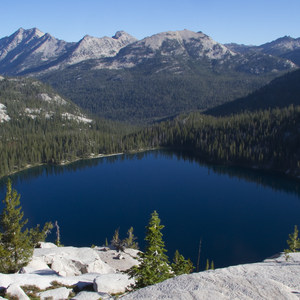


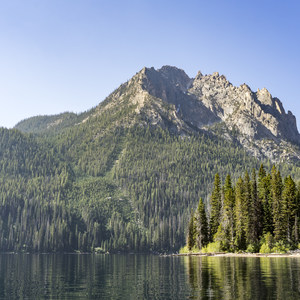
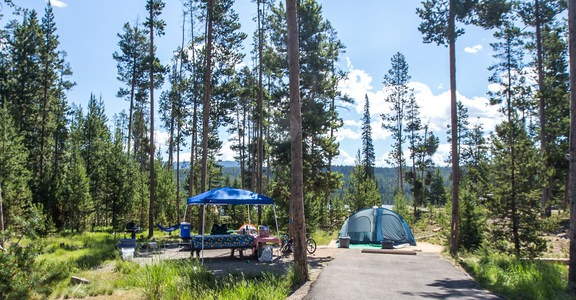
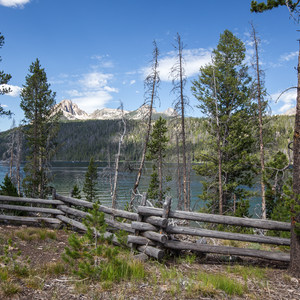

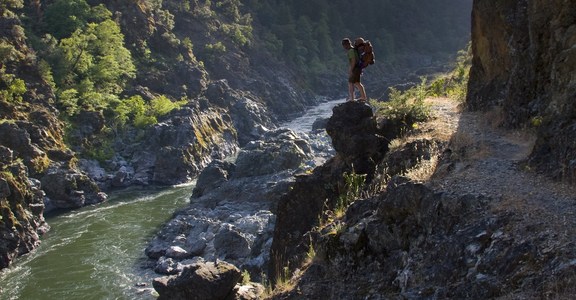
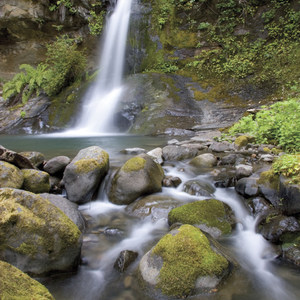
Comments
Sign In and share them.